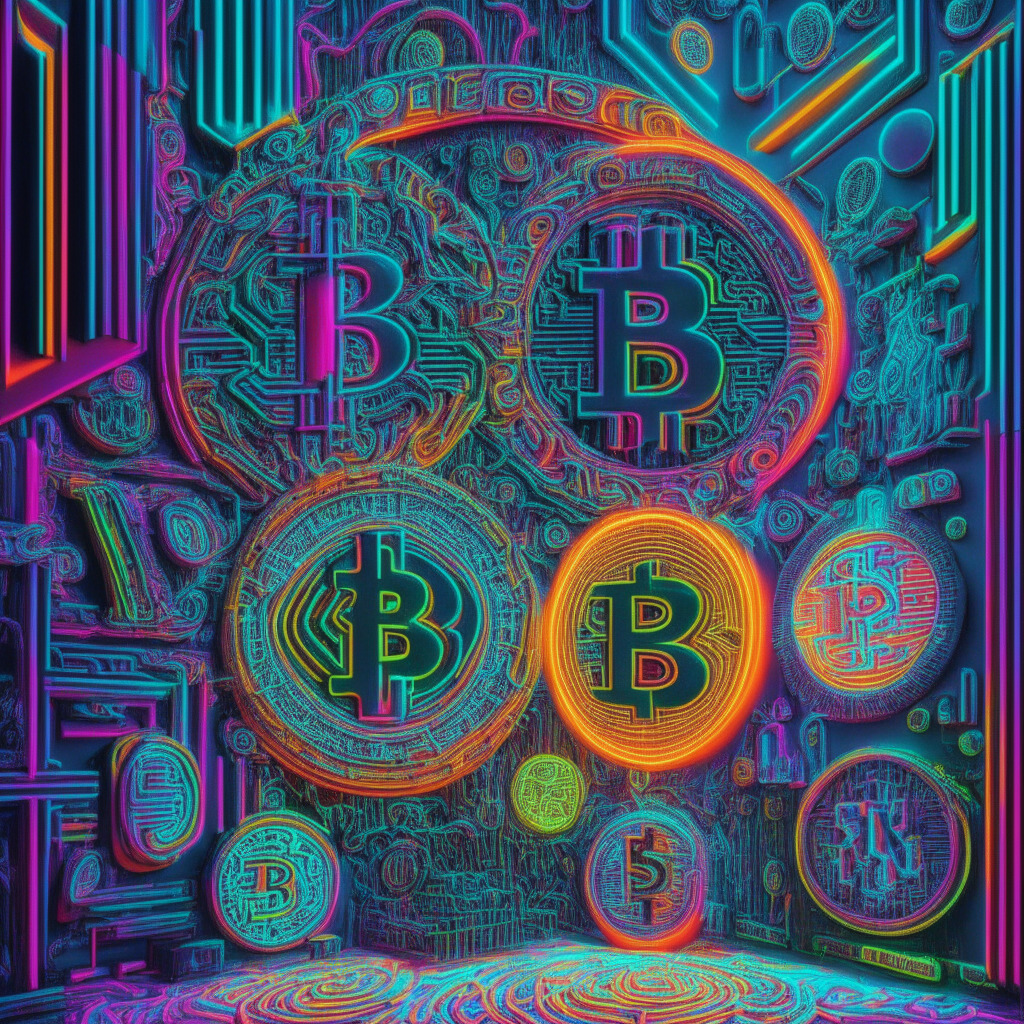The Bitcoin blockchain recently witnessed a surge in non-fungible tokens (NFTs) as the number of inscriptions climbed above 3 million. Data from Dune Analytics reveals that this one-day spike mainly comprised text-based assets. These tokens function on the Ordinals Protocol, enabling users to embed data into the Bitcoin blockchain through references to digital art via small Bitcoin-based transactions.
The sudden increase in inscriptions came with the introduction of the Bitcoin Request for Comment (BRC-20) token standard, which permits users to issue transferable tokens directly through the network. This development spawned a collection of digital artwork and meme tokens built on Bitcoin, resulting in market capitalization for the latter category soaring to $137 million.
However, most inscriptions remain text-based, reflecting the lower cost compared with digital art or meme coins, as network fees hinge on the amount of data inscribed. On a single day, over 372,000 unique inscriptions were recorded on the Bitcoin blockchain, with just 316 image-based inscriptions created among them.
Cumulatively, creators paid 28 bitcoin in fees, adding to the nearly 284 bitcoin in lifetime fees generated from Ordinals activity, equivalent to over $8 million at current prices. The uptick in inscriptions coincided with a rise in the price of tokens dedicated to Bitcoin’s ecosystem usage.
For example, Stacks’ stx (STX) tokens, part of a layer 2 companion chain for smart contracts focused on Bitcoin, gained over 12% in 24 hours. This outperformed the CoinDesk Market Index (CMI), which saw just a 1.2% increase. Stacks enables the creation of financial products related to Bitcoin, and crypto funds such as North Rock highlight the benefits of the platform over alternatives like Ethereum, citing lower fees, faster transaction times, and improved security.
While the introduction of BRC-20 and the growth of text-based NFTs on the Bitcoin blockchain signal an expanding market for digital assets, skeptics may challenge the long-term value and utility of these tokens. Even so, the dominance of text-based assets could serve to further democratize the NFT landscape, reducing the barrier to entry and fostering artistic innovation.
Source: Coindesk




